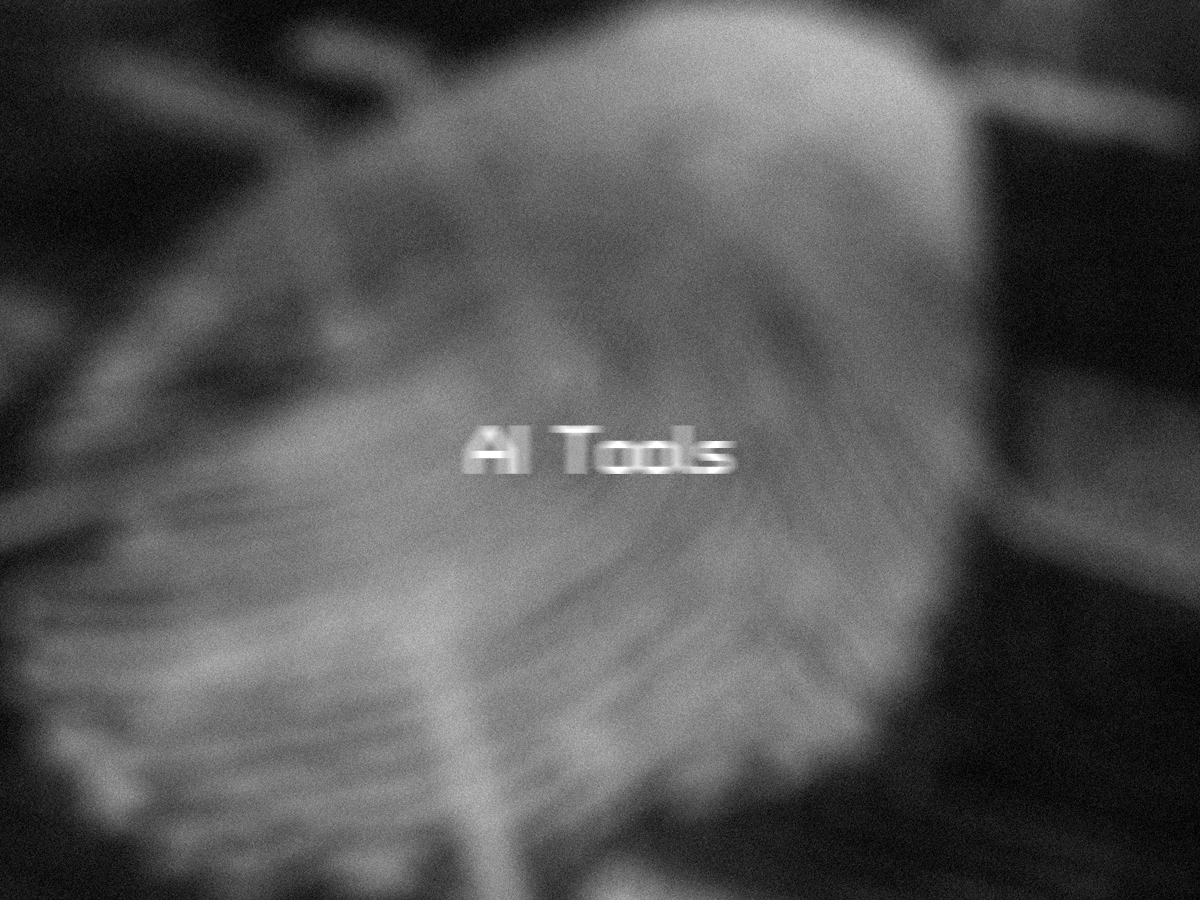Introduction
Artificial Intelligence (AI) has made its mark in healthcare, finance, and marketing—but its role in forensic medicine is perhaps one of the most profound and under-discussed. As crimes become more sophisticated and datasets larger, traditional forensic approaches often fall short of delivering timely and accurate insights. Enter AI-powered forensic tools—a new frontier that is redefining how we solve crimes, analyze evidence, and deliver justice.
This blog explores unique applications of AI tools in forensic medicine, diving deep into real-world use cases, technological advancements, and ethical considerations. Whether you’re a digital forensic analyst, a criminal investigator, or a tech enthusiast, this guide will illuminate how AI is transforming the landscape of modern forensic science.
🔬 What Is Forensic Medicine?
Forensic medicine involves the application of medical knowledge to legal issues, often involving death investigations, injury analysis, toxicology, DNA profiling, and more. It plays a critical role in criminal and civil cases.
Traditionally reliant on manual procedures and expert judgment, forensic medicine is now evolving with machine learning, computer vision, and natural language processing (NLP)—enabling faster, more consistent, and scalable investigations.
🤖 How AI Is Changing Forensic Medicine
AI tools in forensic medicine automate or augment key processes such as:
-
Pattern recognition in complex evidence (e.g., wound patterns, facial injuries)
-
Time-of-death estimation based on biological data
-
Toxicology screening from large compound datasets
-
Behavioral and linguistic profiling from written or spoken testimony
-
Linking unsolved cases through predictive analytics
These tools not only save time but also reduce human error, which is critical in a field where lives and justice are on the line.
🔍 Unique Applications of AI in Forensic Medicine
1. AI-Powered Autopsy Imaging
Traditional method: Manual dissection and examination
AI enhancement: Virtual autopsies using post-mortem CT/MRI scans analyzed by deep learning algorithms
AI can:
-
Detect internal hemorrhages, fractures, and foreign objects
-
Reconstruct damage from blunt-force trauma
-
Estimate the post-mortem interval (PMI) with greater precision
Example: The Virtopsy Project (University of Zurich) uses AI to create 3D reconstructions of cadavers, minimizing the need for invasive procedures.
2. Time-of-Death Estimation Using Predictive Models
Time of death is crucial in murder investigations. AI models can analyze:
-
Body temperature decay
-
Rigor mortis progression
-
Biochemical markers (e.g., potassium levels in vitreous humor)
Using regression analysis and historical datasets, machine learning algorithms predict time of death more accurately than traditional visual assessments.
3. Voice and Speech Pattern Analysis in Threat Cases
AI can analyze audio recordings from threats, ransom calls, or interrogation footage.
Capabilities include:
-
Speaker identification
-
Accent and stress analysis
-
Detection of deception via microintonation patterns
-
Matching voices across large datasets
This is particularly useful in cases of kidnapping, fraud, or terrorism.
4. AI in DNA Analysis and Familial Matching
AI accelerates DNA profiling by:
-
Detecting mutation patterns
-
Automating fragment matching across databases
-
Performing familial DNA searching even in partial matches
-
Predicting physical traits (phenotyping) like eye color, ancestry, or facial structure
This helps in:
-
Identifying unidentified remains
-
Linking suspects via familial DNA
-
Reopening cold cases with partial or degraded samples
5. Facial Reconstruction from Skeletal Remains
AI tools can reconstruct human faces from skull scans using:
-
3D modeling algorithms
-
Anatomical databases
-
Deep learning on facial features and bone structure
These reconstructions are used to identify unknown bodies and generate public leads.
Example: The “DeepFaceRecon” project uses GANs (Generative Adversarial Networks) to reconstruct realistic faces from partial remains.
6. Image Recognition in Injury Pattern Analysis
AI-driven computer vision tools help forensic pathologists:
-
Analyze bruising, laceration, and burn patterns
-
Compare wound types with suspected weapons
-
Determine the direction and angle of force
This is key in:
-
Domestic violence cases
-
Firearm investigations
-
Accident vs. assault differentiation
7. Toxicology Screening Using AI
Forensic toxicology involves scanning for hundreds of possible substances.
AI improves this by:
-
Automating mass spectrometry data analysis
-
Recognizing compound signatures
-
Prioritizing likely toxic agents based on case metadata (age, context, symptoms)
This leads to faster identification of drugs, poisons, and chemicals.
8. NLP-Based Suicide Note and Threat Assessment
AI models analyze the linguistic and psychological markers in handwritten or digital notes.
Capabilities include:
-
Detecting suicidal ideation or staged suicide
-
Profiling authorship in anonymous threats
-
Flagging unusual emotional or syntactic patterns
Used in both criminal and preventive mental health contexts.
9. Case Linking and Predictive Forensics
Machine learning can identify patterns across multiple cases, even in different jurisdictions.
Applications:
-
Detecting serial offenses
-
Predicting potential future crimes based on forensic trends
-
Creating criminal network maps from shared forensic data
Platforms like Palantir and IBM i2 integrate forensic inputs with crime analytics for this purpose.
🛡️ Ethical and Legal Considerations
While AI brings immense value, forensic medicine requires rigorous ethical oversight:
-
Bias in training data can lead to wrongful suspicion
-
Explainability is essential for AI evidence to hold up in court
-
Chain of custody must include AI process documentation
-
AI cannot replace human judgment—only augment it
Governments and legal bodies are now evaluating AI regulations in criminal justice, making compliance critical.
📈 Future Outlook
In the next five years, expect forensic AI tools to evolve in:
-
Real-time forensics at crime scenes via mobile AI kits
-
Cross-border AI data sharing for international investigations
-
AI-generated court visualizations to explain complex evidence
-
Autonomous forensic bots for dangerous or contaminated sites
The synergy of AI and forensic medicine is only just beginning.
📝 Conclusion
AI tools are revolutionizing forensic medicine with faster analysis, higher accuracy, and enhanced insight—from autopsies and DNA analysis to linguistic profiling and injury assessment. As these technologies mature, they’ll not only solve more crimes but also improve the fairness, transparency, and efficiency of our justice systems.
For forensic experts, medical professionals, and law enforcement agencies, embracing AI is no longer optional—it’s the future of investigation.

